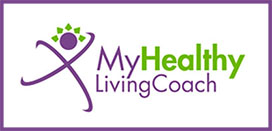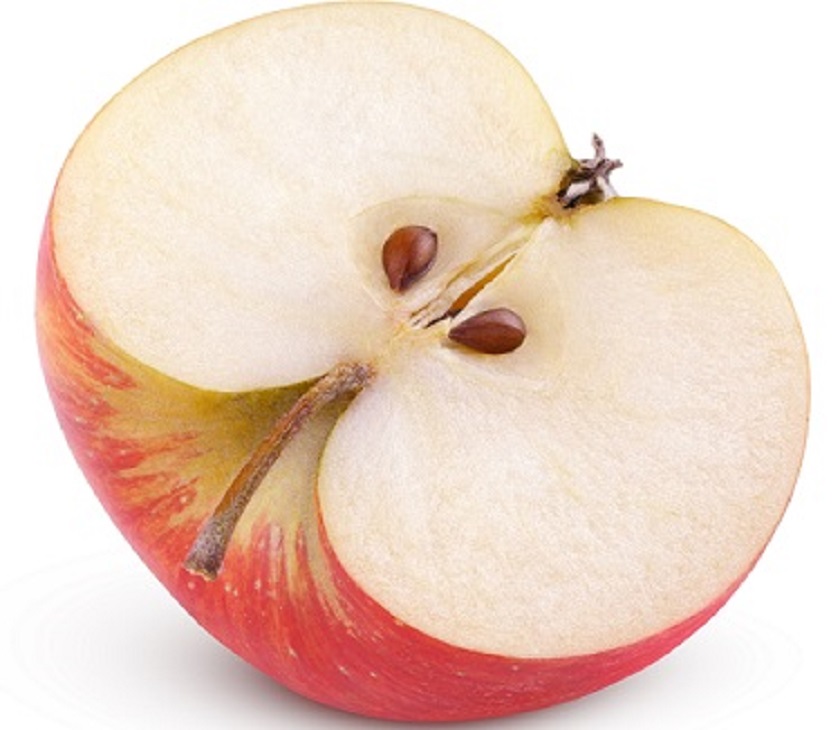Ah, coffee. The worlds favorite addiction. From the most rural farmer to the busiest executive, people everywhere love their morning cup o joe. And late morning cup, afternoon cup, and sometimes evening cup. But while coffee offers the promise of alertness and productivity, using it as a daily supplement can have devastating effects on the body and brain that actually decrease productivity and damage health over time. But even though most of us know it is a crutch, and recognize it offers diminishing returns with increasing health risks, letting go of coffee is not as easy as just stopping it. As with any addictive substance, coffee creates physical and psychological mechanisms that can make it challenging, and even painful, to quit.
Why Is Coffee So Addictive?
Coffee works by blocking adenosine receptors with caffeine molecules. Adenosine is what tells the brain when it is time to rest. When more adenosine is floating around in the brain instead of being absorbed, the brain thinks it is earlier in the day and that more alertness is required. The adrenal glands are stimulated to release more adrenaline to increase alertness, and generally the body and brain do everything they can to keep from resting. Blocking the adenosine receptors with caffeine also keeps more of the feel good neurochemical dopamine circulating through the brain.
Consistent caffeine intake interferes with the natural sleep-wake rhythms of the body and can lead to insomnia and other sleep disorders. Coffee consumption can also lead to chronic indigestion (adrenaline and adenosine shut down the digestive system), the formation of ulcers, and a decrease of bone density.
Over time, a dependency is formed as the brain becomes accustomed to the increased presence of adenosine and dopamine. Then more adenosine receptors are created in the brain to compensate for the ones that are blocked by caffeine. This means that when people who have developed a dependency on caffeine reduce their intake of coffee, adenosine levels rapidly increase and dopamine and adrenaline decrease, causing extreme fatigue, irritability, and nausea. Other potential side effects of caffeine withdrawal include lethargy, constipation, depression, headaches, sugar cravings, vision problems, and a general lack of interest in life.
Light caffeine users can detox in a week or so, but for the thoroughly addicted, it can take two months or more to detoxify from a coffee addiction. It requires a great deal of tenacity to truly be free of caffeine dependency once it takes hold. It is also an extremely uncomfortable process, and it can seem like life has lost its luster and it is impossible to get anything done. But it is possible, and essential, to break free from a coffee addiction if you want to be able to sleep soundly again and have a fully functioning digestive system. Here are some ways to ease caffeine detoxification and avoid or lessen some of the more uncomfortable effects, especially headaches.
Take It Easy
By far the most effective way to avoid caffeine withdrawal headaches is to reduce coffee consumption slowly. If you are a heavy user, quitting cold turkey can be devastating to the brain. Giving it time to adjust to the absence of caffeine will make the whole process gentler.
Mathematically, you want to reduce your caffeine intake by about 50mg every two days. Though caffeine concentrations vary in different drinks, reducing your intake by about a quarter cup (4 oz) of coffee or 1/2 shot of espresso every two days is a generally healthy way to go. The exact amount of time it takes to eliminate caffeine from your life will depend on how much you currently consume.
Discipline is required for this method to be effective. It is really easy to creep back up to your old consumption amounts when you start to feel sluggish, so tracking your caffeine intake during this time is important. You can write down how much coffee you are drinking or use a tracking app.
Another way of taking it easy in this time is to take a few days or week off work, and minimize your obligations, so you can get the extra rest and relaxation.
The Power of Plentiful Sleep
It may feel like all the sleep you skipped out on during your addiction will catch up with you during this time. If you can take the space to get plenty of sleep during your detox, it will be a lot easier to transition to your new decaffeinated life. Your brain will have gotten used to a perpetually sleep-deprived state, and using a chemical for the energy that should come from sleep.
Shifting back to natural rhythms will require a bit of catch up. Expect to need 8 to 10 hours of sleep per night for the first couple weeks of your detox, and then to settle into a natural rhythm of sleeping 7 to 8 hours per night. Going to bed by 11pm, avoiding alcohol and sugar, and not eating for 3 hours before bed will greatly facilitate truly regenerative sleep. Luckily, cutting out caffeine usually makes it easier to fall asleep and sleep through the night.
Power Naps for the Win
When your afternoon pick-me-up is gone, a 15 to 30 minute nap can literally save the day. A nap can reset the brain chemical balance and allow the nervous system to relax, increasing vitality and mental clarity. Even 10 minute naps, once or twice a day, can make a huge difference in your energy levels, clarity, and attitude.
Hydrate Like You Mean It
After slowly reducing caffeine intake, abundant hydration is the most important key for easeful coffee detoxing. Drinking plenty of water will help flush the body and brain, decreasing recovery time and improving mental clarity. It also helps reduce fatigue and headaches.
Mighty Magnesium
Coffee consumption depletes magnesium levels in the body, which contributes to the inability to get proper rest while on it. But the full effects of this depletion are not felt until the caffeine is no longer as free flowing. Replenishing magnesium stores can help the digestion, especially the kidneys, regenerate faster. It also supports detoxing the caffeine out of brain and body faster, can improve mood, and relieves stress responses.
Oil Pulling
Caffeine withdrawal is in many ways a detoxification process. The toxin overload of caffeine has changed the structure and function of the brain and nervous system, and needs to be cleaned out so the body can reorganize itself. Anything that supports detoxification will help with that process.
Oil pulling, swishing a high-quality cold pressed organic vegetable oil (sesame or coconut) through the mouth for twenty minutes every morning, can support the detoxification process. It pulls toxins and bacteria out of the gums, and by extension the entire bloodstream. This makes it that much easier for the body to rediscover equilibrium without extreme detox reactions like headaches.
Find Your Inner Popeye
Detox support and proper nutrition are very important during this time. And those are two of the many reasons we love our green veggies around these parts. Enjoying lots of dark leafy greens such as kale, chard, parsley, spinach, mustard greens, collard greens, cilantro, and arugula will both help your body clean out the caffeine and give you essential vitamins, minerals, and phytonutrients to help you have more energy and vitality, naturally.
Sustainable Energy Sources
Another important aspect of getting your health and track and being naturally energized is optimizing your energy levels through nutrition. In addition to the greens mentioned above, it is crucial to get adequate protein throughout the day. This can be through nuts, seeds, properly treated (through soaking and fermentation) legumes, or supplements. Your protein needs will vary with your size and activity level, but a basic general guideline is to get a little less than half of your bodyweight (in pounds) in grams of complete protein per day.
It is also important to avoid heavy carbs like bread and pasta, as those can just add to your fatigue especially if you are prone to an afternoon slump. And for immediate support during your detox, whole-root red ginseng tinctures can support the recovery of your adrenal glands, reduce brain fog, and minimize headaches when taken in the morning.
Lemon Water Love
Drink a tall glass of warm filtered water with a whole lemon squeezed into it first thing in the morning. This will get your metabolism going, help detox your body, give you some essential vitamins and minerals, help you be more hydrated, and support your energy.
Exercise
One of the major challenges of caffeine withdrawal is a drop in dopamine levels. Dopamine is closely related to our ability to feel happiness and pleasure, and low levels are associated with apathy and depression. Anything we can do to naturally boost dopamine levels in a non-chemical way that will not exacerbate dependency is helpful. One of the most immediate and effective ways of boosting dopamine is exercise.
Vigorous exercise, strong enough to work up a sweat, increases dopamine production. It also flushes toxins out through the skin, increases respiration and circulation, boosts metabolism, supports healthy sleep, and improves overall mood and energy levels. All good things when kicking the coffee habit.
And a bonus tip tell your family, friends, and coworkers that you are detoxing from coffee, so they dont take your potential crabbiness personally and potentially make it worse by being annoyed at you.
Freeing ourselves from any addiction can be quite challenging. The combination of chemical dependency and psychological habit can make the task of releasing our attachments to substances very uncomfortable. When we add withdrawal symptoms like headaches to the mix, it can become seemingly impossible. But while not necessarily a pleasant process, detoxing from caffeine doesnt have to be heinous. Try these tactics when you are ready to release coffee to make the journey that much easier and more successful.








